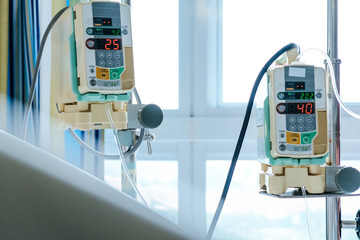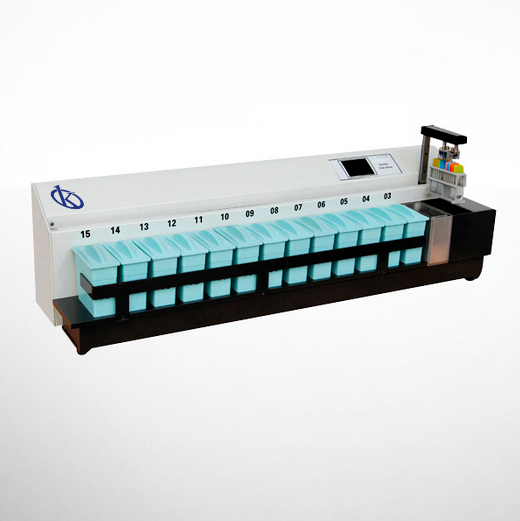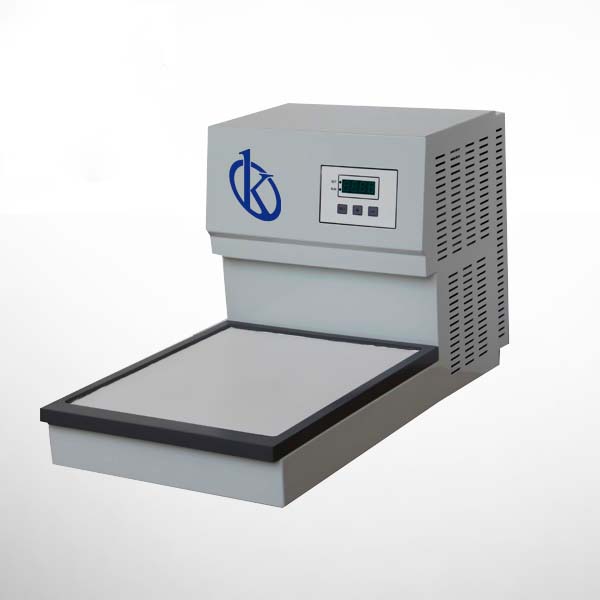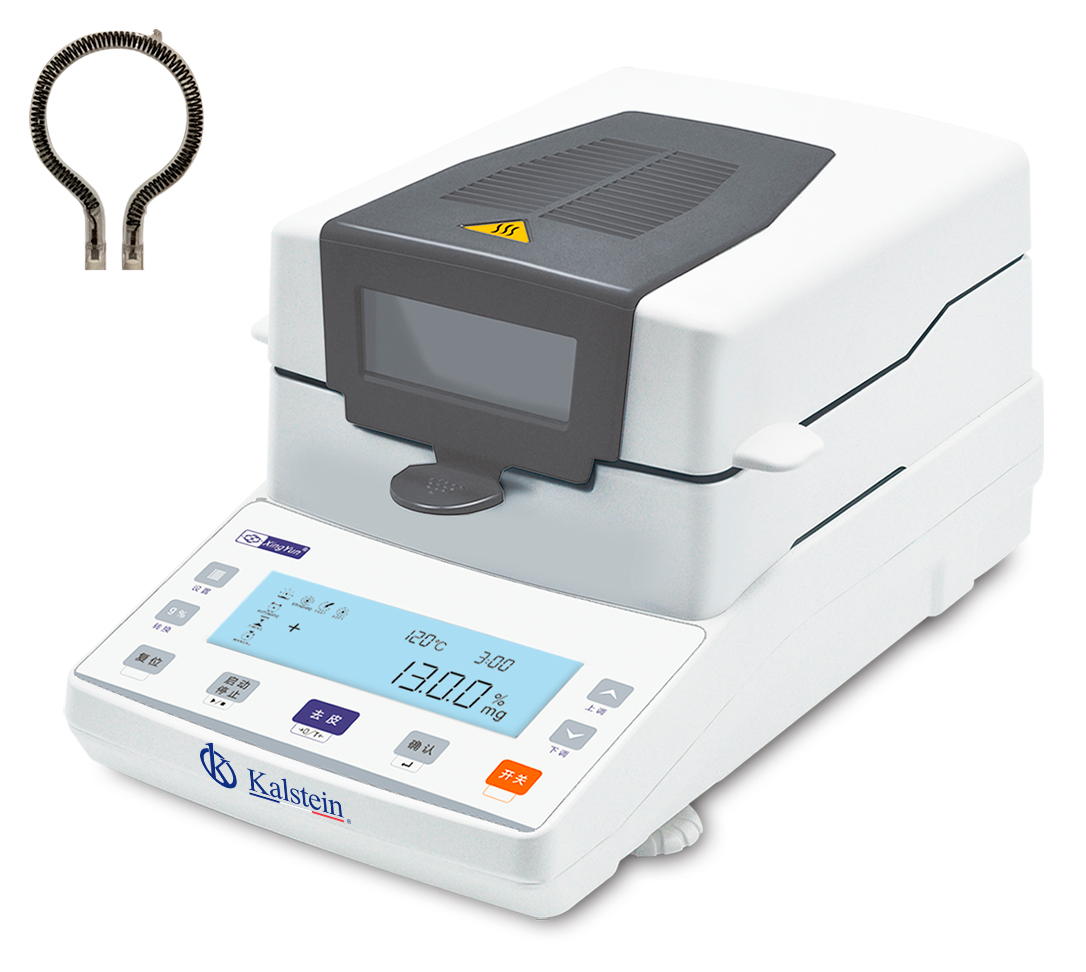Nowadays, thanks to technological development, operating rooms are equipped with a series of equipment that have become essential for the different procedures that are performed in these places. Among these equipment we can mention infusion pumps, medical equipment used especially in the induction and maintenance of total intravenous anesthesia, but also in the administration of drugs necessary for the patient while in the operating room, since these devices have a built-in computer program that helps to avoid errors in the administration of drugs, since these devices are mainly used in conditions where precision and a constant supply of some drug or medicine is essential.
An infusion pump is equipment used in clinics and hospitals to mobilize fluids such as solutions, drugs, blood and blood derivatives through a connector into the patient’s circulatory torrent, thus facilitating the precise parenteral administration of drugs and solutions.
Properties of an infusion pump
Infusion pumps are key medical devices that have the following properties:
- Precision.
- Constant supply.
- Security and reliability.
- Control systems.
- Alarms.
- Power and batteries.
Operation of an infusion pump
Infusion pumps allow you to program the volume of medicine or solution you want to infuse and issue an alarm as soon as this volume is reached, if the medicine or solution is not finished. Some infusion pumps can handle several solutions simultaneously and independently. When a pump handles two or more solutions with independent infusion controls, it has two or more channels.
Its operation is based on using mechanical pressure to overcome the resistance to flow. The infusion pumps are programmed to generate pressure on the injected line in the patient. They are able to move the medicine or solution from the external environment to the patient’s circulatory torrent.
Types of infusion pumps
Currently we find several types of infusion pumps among them we can mention syringe, volumetric and flujometric pumps. The syringe infusion pumps are very precise systems in which the volume administered to the patient is stored by means of one or more syringes, and the syringe plunger is pushed by a mobile piston controlled by the equipment; the selection of the flow rate is made by the operator and is indicated in volume per unit of time on the equipment.
Volumetric type infusion pumps and the liquid to be transfused are controlled in volume per unit time, through flow rate programming, by the operator, except in the case of syringe pumps. Infusion pumps of flujometric origin or drop by drop the flow rate is also controlled by the operator, however, the control of the transfused volume is carried out by counting drops per unit of time through an electronic sensor.
How should an infusion pump be used?
An infusion pump is used to administer drugs and solutions at high pressures that could not be achieved with other equipment operated manually or severely dependent, such as during the administration of intra-arterial drugs, or very fast flows of solutions during resuscitation (200-1000 ml/h). To start an infusion pump you must set the volume to be infused, and set the infusion rate, if you need to stop the infusion you can stop it.
An infusion pump is used when it is vitally important to give the patient a specific amount of a medicine at a certain rate or for a specified amount of time. There are many clinical situations where infusion pumps have been shown to be much more efficient than traditional drug delivery methods. Intravenous inotropes, parenteral and enteral feeding solutions, chemotherapy, epidural analgesics, subcutaneous insulin administration and self-transfusion are very useful in the application.
Advantages of the use of infusion pumps
- Its use decreases the percentage of human errors in the intravenous supply of drugs
- They provide a more accurate drip rate than gravity systems via a flow-regulating clamp.
- They save nursing staff time, because with the use of pumps it is not necessary to regulate the flow of the drip.
- They allow all kinds of solutions, blood and its derivatives, drugs and parenteral and enteral infusions to be administered. Adaptable to the needs of the patient, some of them are portable.
What do we offer you in Kalstein?
Kalstein is a company MANUFACTURER of medical equipment of the highest quality certified that have the most advanced technology at the best prices of the market, so we guarantee you a safe purchase, knowing that you have the service and advice of a company specialized in the field. In this opportunity we present the Infusion Pump YR05164, novel infusion pump has the following characteristics:
- Type of drip pumping.
- Large LCD display, with backlight, suitable for working in various ambient light conditions.
- Disposable intravenous equipment of any brand is suitable for this pump
- Three working modes: rate/volume/time mode
- Purge, KVO function
- The heating function is optional, suitable for infusing in winter or if there is a requirement for the temperature of the drug.
- The central monitoring system is optional, the infusion status of each pump is displayed in real time at the central station via wireless transmission.
- Simple and convenient in operation, intuitive presence of working state.
- Audible and Visible Alarms
- Alarm: Full infusion, vacuum, faulty signal, malfunction, occlusion, door open, air bubble, low battery, setup error, AC power off, idle.
That’s why we invite you to take a look HERE




